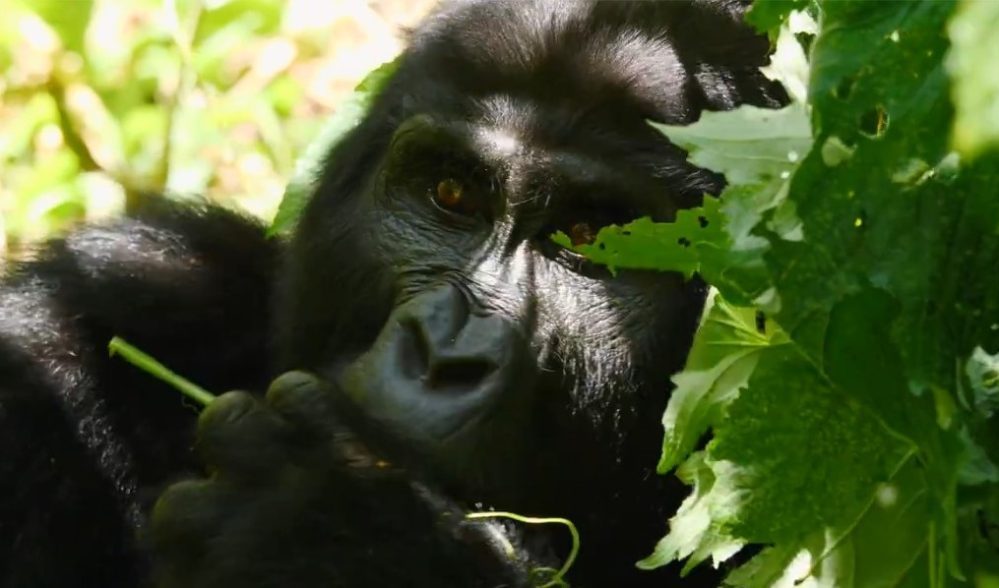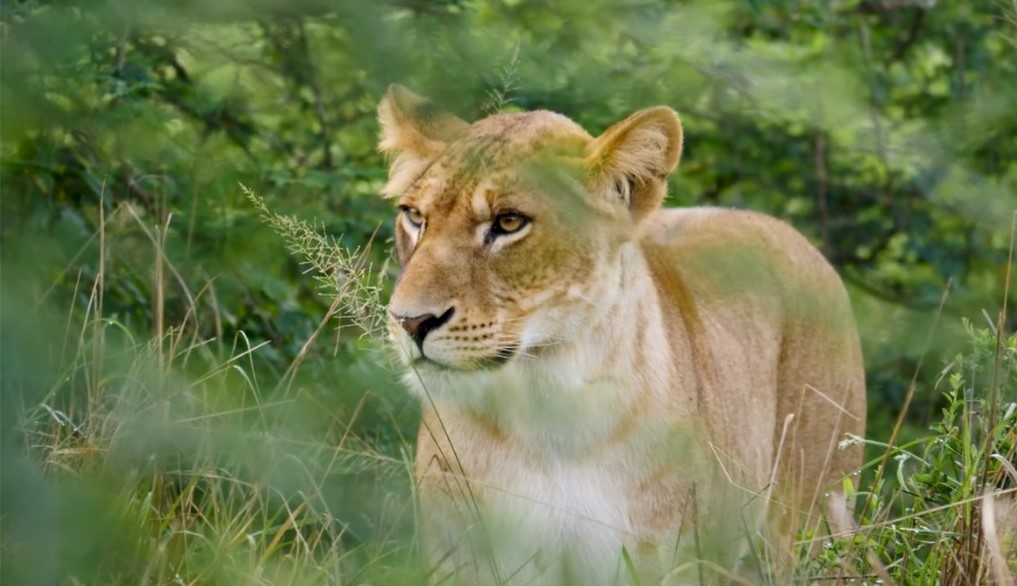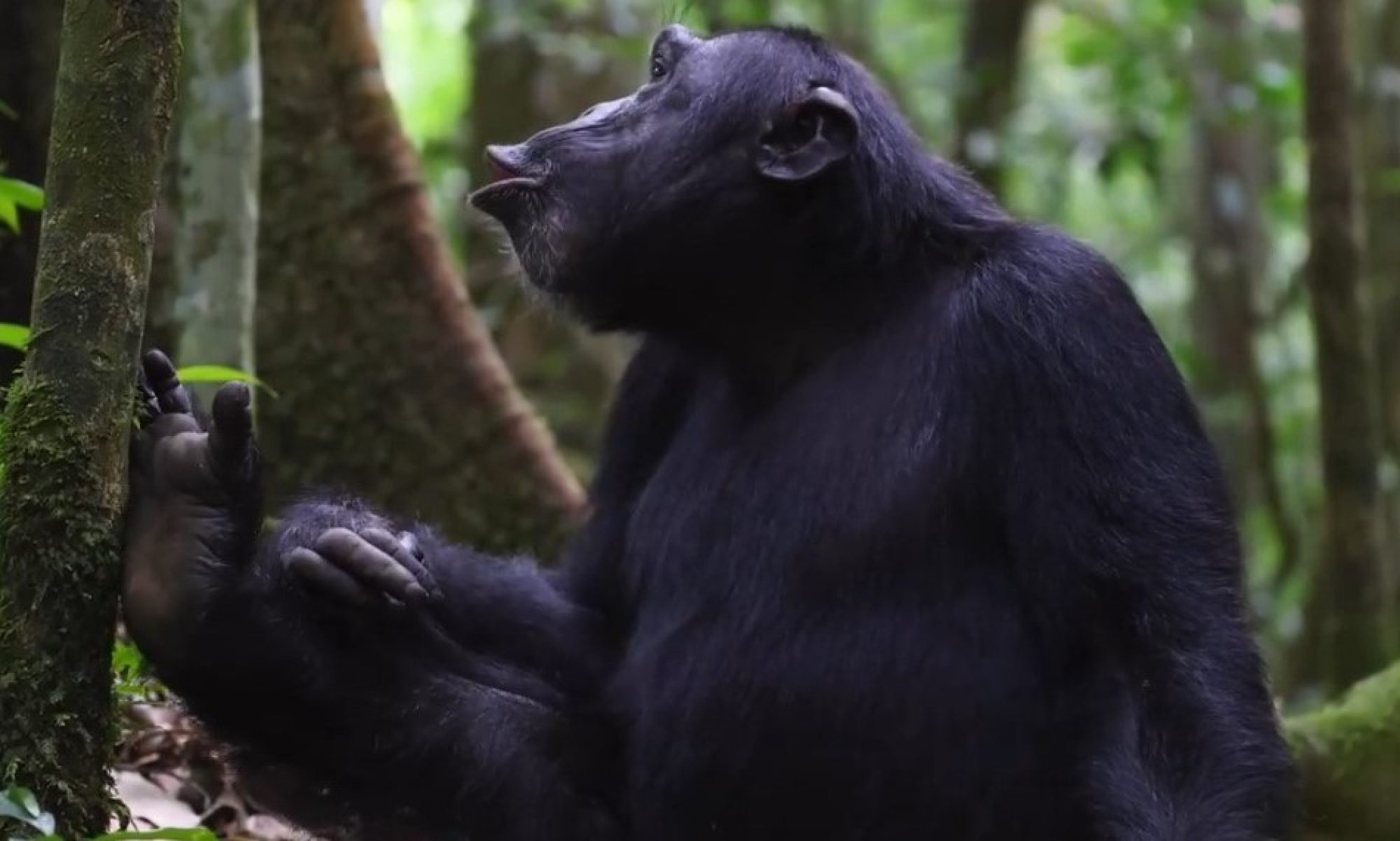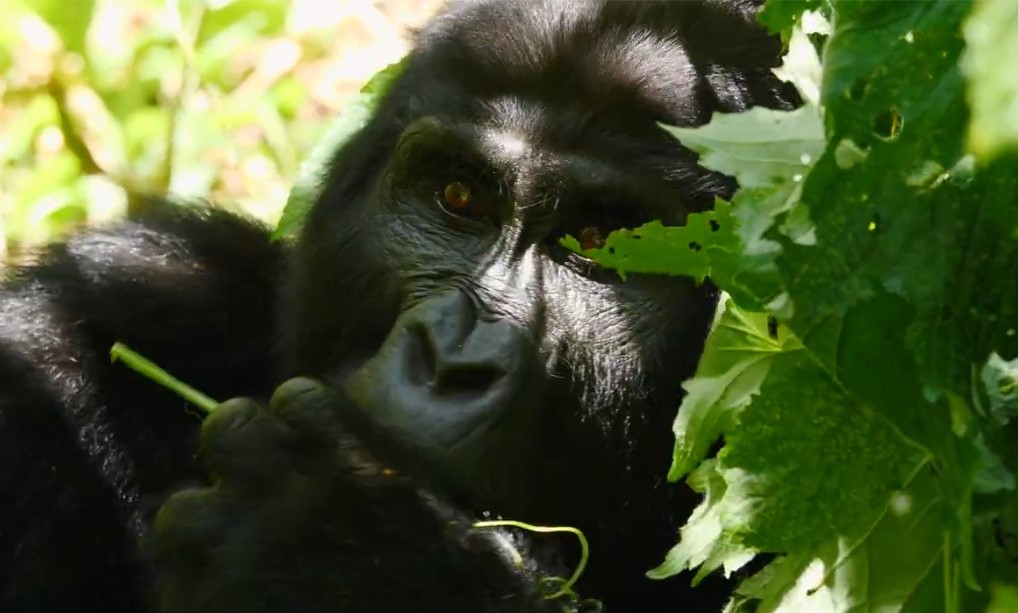
1 DAY UGANDA GORILLA TREKKING SAFARI
Mountain gorillas| colobus monkeys| buffaloes| elephants| reptiles| hiking| Rwenzori & Albertine rift endemic bird species| sceneries...

1 day Rwanda gorilla trekking safari
Mountain gorillas| hiking| Rwenzori & Albertine rift endemic bird species| colobus monkeys| Ellen DeGeneres research center of Dian Fossey fund...

2 days Rwanda gorilla trekking safari
Mountain gorillas| colobus monkeys| Ellen DeGeneres research center of Dian Fossey fund| sceneries| hiking| Rwenzori & Albertine rift endemic bird species....

2 days Uganda gorilla trekking safari
Mountain gorillas| elephants| buffaloes| colobus monkeys| rivers| Birding| reptiles| butterfly species| tropical tree species| sceneries| photography...

4 day Rwanda gorilla trekking safari
Mountain gorillas| golden monkeys|sceneries| colobus monkeys| Ellen DeGeneres research center of Dian Fossey fund| Rwenzori & Albertine rift endemics....

5 day Uganda gorillas & primates safari
Mountain gorillas| chimpanzees| Rwenzori & Albertine rift endemics| colobus monkeys| game drives| boat cruise| city tours.....






